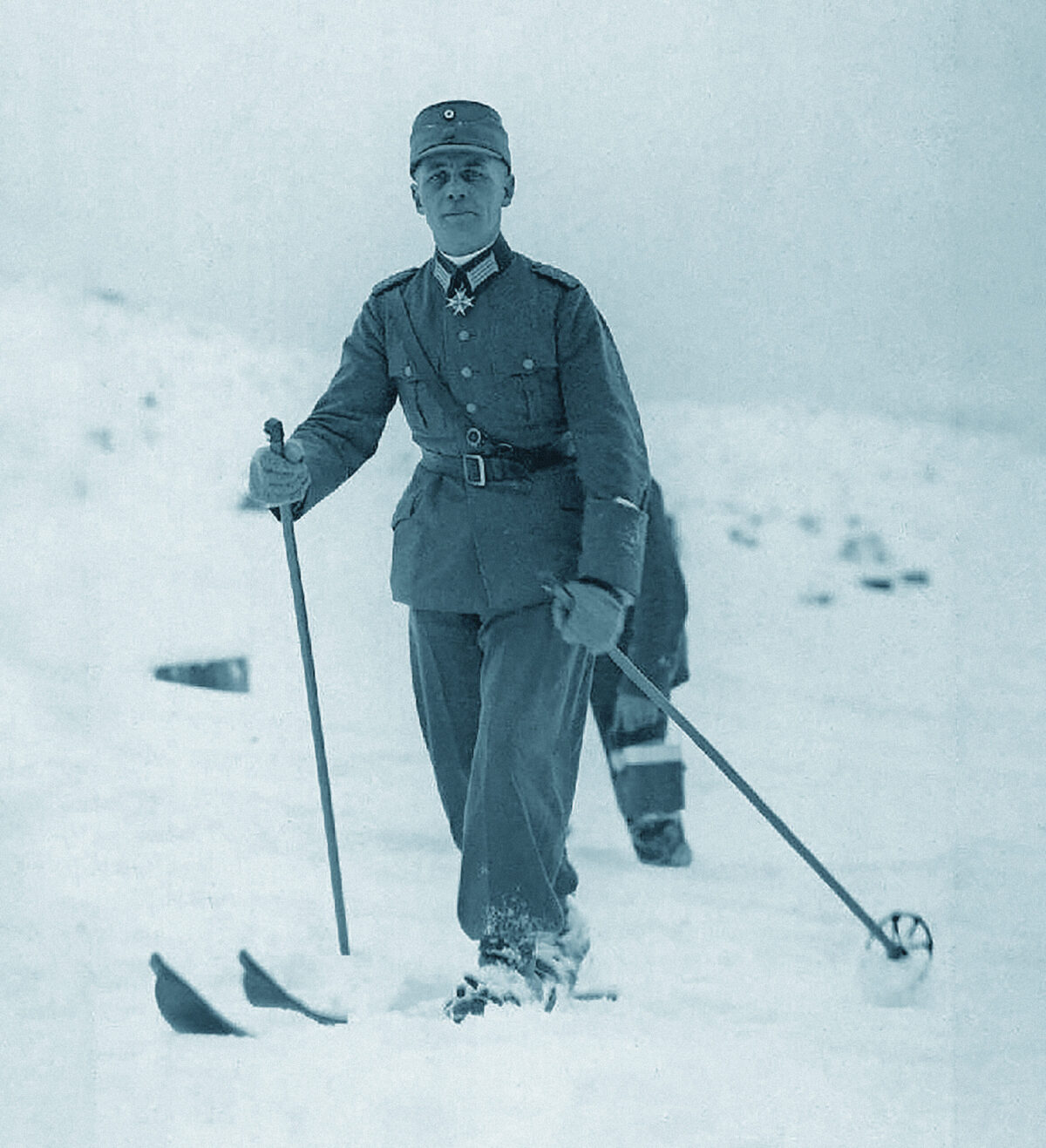In late October 1917, a detachment of German mountain troopers weary from hard Alpine fighting on the Isonzo front were crossing the river Torre with a group of Italian prisoners. The ordinarily calm waters of the river had swollen into a raging flood after constant heavy rain. Suddenly an Italian prisoner was dragged away by the current. Screaming and flailing, he whirled downstream, sinking under the weight of the large pack he was carrying. An unexpected rescuer came to his aid. The battle-hardened German officer who had defeated the Italian’s comrades and overseen his capture went galloping after him. Driving his horse straight into the torrent, the German risked getting washed away as he drew the helpless prisoner, hanging onto one of his stirrups, to safety.
The German officer was young Oberleutnant Erwin Rommel, and this act of compassion was typical of him. It would be a cornerstone of his career during two world wars in which contempt of one’s enemies and xenophobia were idealized by authorities in power in Germany. Surprisingly, Rommel chose to write about this rescue and other similar anecdotes of humanity in his 1937 World War I memoir, Infantry Attacks! Then a military instructor, Rommel intended to use the book as teaching material for future soldiers training to fight in the Wehrmacht—during a dark era when popular culture in Germany was at its most unmerciful. His original German text offers valuable insights about his outlook and approach to war that censorship and mistranslation had hidden from history.
A Controversial Character
Erwin Rommel is one of the most controversial figures in World War II and German history. Awarded Imperial Germany’s highest decoration for valor, the Pour le Mérite, for his impressive actions as a junior officer during World War I, Rommel reached the pinnacle of his fame during World War II as a brilliant Panzer leader in the 1940 conquest of France and as the daring “Desert Fox” who fought—and ultimately lost to—British and Allied troops in North Africa from 1941 to ’43. Rommel would go on to direct the fortifications of the Normandy coast in preparation for the Allied invasion of France, and command Germany’s Army Group B during the D-Day landings in 1944.
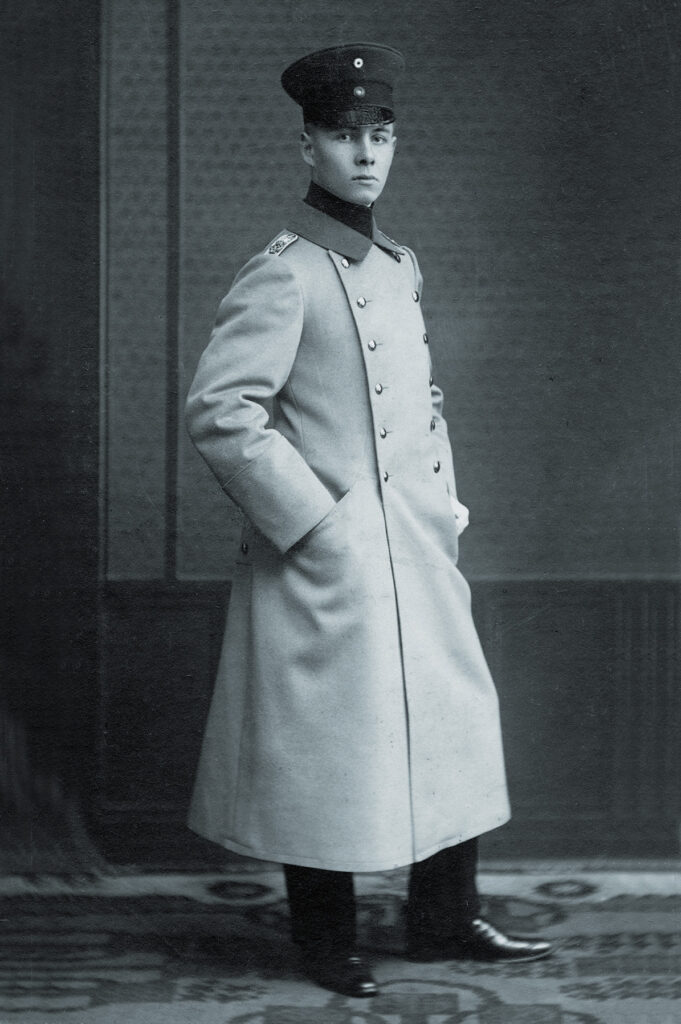
Rommel never joined the Nazi Party nor did he receive any Party decorations, despite the fact that joining would have boosted his career—as it did conversely for Ferdinand Schörner, also a professional soldier, World War I veteran and Pour le Mérite recipient who opted to become a Nazi Party member.
Despite the best efforts of Nazi propaganda to cast Rommel as a hardline ex-SA storm trooper, which he was not, and Allied efforts to depict him as a coldblooded fascist thug, Rommel confounded the expectations of both sides with his unpredictable and humanistic behavior during the war. He disobeyed Adolf Hitler’s infamous Commando Order of 1942 demanding that all Allied “irregular” troops captured were to be delivered to Heinrich Himmler’s security services for immediate execution. Numerous Allied POWs attested to Rommel’s humane treatment of them.
Among them was Capt. Roy Wooldridge of the British Army’s Royal Corps of Engineers, who credited Rommel with saving his life. Wooldridge was captured by a German U-Boat crew while on a secret 1944 mission to scout obstacles around the Normandy coast.
Although Wooldridge was told by interrogators that he would be shot, Rommel unexpectedly summoned Wooldridge, sparing him from a firing squad and sending him off to France after giving him a beer and a pack of cigarettes. “When I got to the prisoner of war camp, a German guard who spoke English said, ‘You’re a very lucky man. If you hadn’t been to see Rommel you would have been shot as a saboteur,’” Wooldridge told the BBC in 2014.
Plotting Against Hitler?
Disillusioned with Hitler’s leadership as early as 1942, Rommel became part of a group of German Army officers conspiring to remove Hitler from power. Contrary to common perceptions, there was not an absence of German Resistance nor did such resistance only come into existence when the war appeared to be closing in around Germany in 1944; pockets of dissent had existed within Germany’s military from much earlier and became more active over time.
Having burned many of his personal papers, particularly from early 1944, to protect himself and others, Rommel’s activities against Hitler—particularly his knowledge or lack thereof regarding Claus von Stauffenberg’s failed July 20 assassination attempt—remain debated.
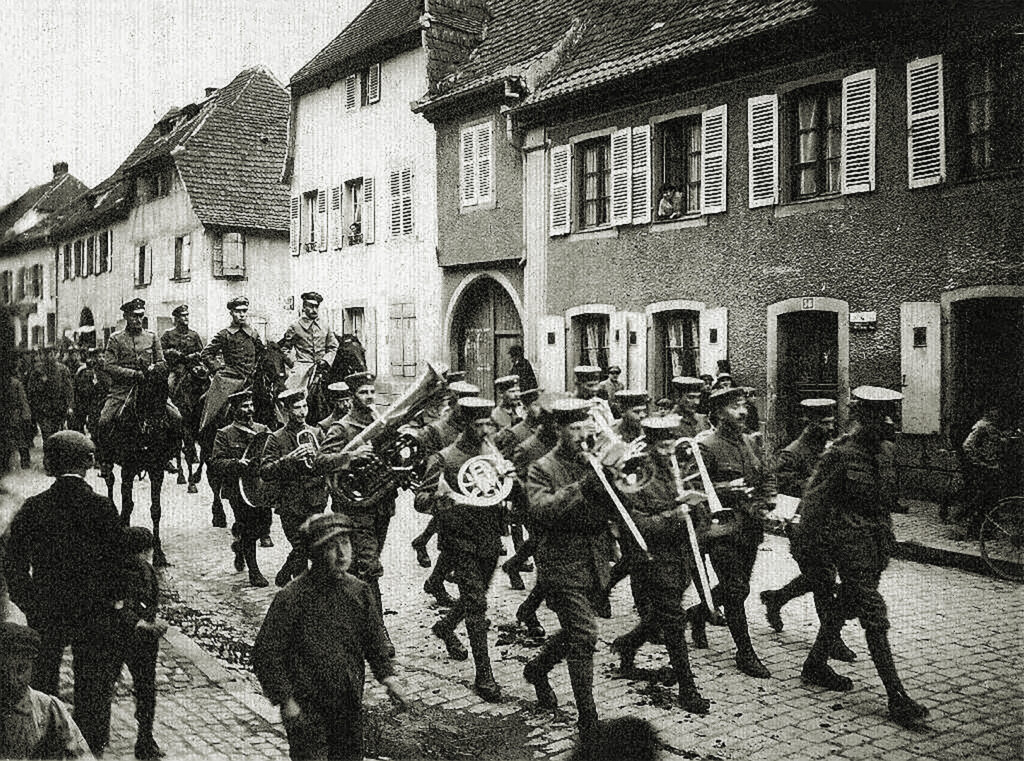
What is indisputable is that Hitler and other leading Nazis perceived Rommel to be a threat and acted quickly to get rid of him. Severely wounded by a plane that strafed his staff car in Normandy on July 17 and left him with a fractured skull, Rommel was executed on Hitler’s orders on Oct. 14, 1944. Representatives of Hitler came to Rommel’s home and threatened to harm his family unless he agreed to commit suicide—immediately. With the house surrounded by Gestapo and SS men, Rommel complied, and took cyanide he was given on an isolated roadside less than 15 minutes from his driveway. Nazi officials concealed the cause of Rommel’s death, initially claiming he had succumbed to wounds from a “car accident” without mentioning a plane strafing.
Doctors who examined Rommel’s body were threatened to falsify his cause of death. Authorities transformed Rommel’s funeral into a propaganda spectacle to rally public support for Hitler. Witnessing Rommel’s executioners use his funeral as political theater was a lifelong source of pain and anger for Rommel’s then 15-year-old son Manfred, aware of the true cause of his father’s death. News of Rommel’s demise was initially celebrated in the Allied press. The darker story emerged after the war was over.
Since then, Rommel has been the focus of endless debate—celebrated, reviled, doubted and admired. Was he a hero? A hopeless fence-sitter? A would-be assassin? A military genius or a blunderer? Although this author is prepared to venture well-researched opinions on these matters, that is not the purpose of this article. Instead, readers of this story are invited to cast an eye back to the start of Rommel’s career and the experiences he recorded in the original German text of his 1937 book, Infantry Attacks! (Infanterie Greift An), which provides valuable clues about Rommel’s philosophy and ethos.
Censoring Rommel
The book is inextricably bound up with the story of Rommel’s life and had a propelling effect on his career. It launched him to the heights of military command, unlocked barriers to armored warfare, and paved his road to Africa and Normandy—and, most fatefully, brought him into contact with Hitler, the man who sealed his doom. It was also poorly translated into English. The U.S. Army produced translations of the book in 1943 and 1944, which were heavily redacted and contained errors. Phrases and entire passages were removed. All color and emotion were drained from the original language. This changed not only the content but the tone of the writing.
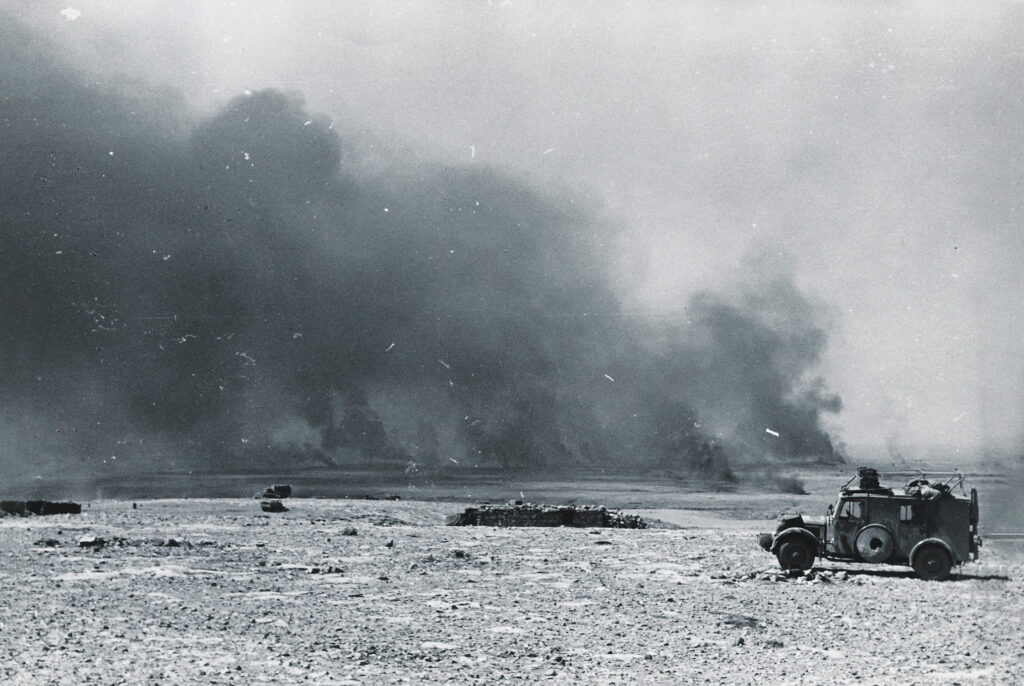
With Rommel’s personality scrubbed out of the book, readers were left only with a bare skeleton of his work. That bare skeleton has shaped perceptions of Rommel among English readers. It might appear to anyone picking up the U.S. Army’s rendition of Rommel’s writing that he was a bland technocrat who produced one of the most convoluted and tedious war memoirs written by any officer who ever dared to pick up a pen. The contrast between the common 1944 English translation, which is about as exciting as reading an encyclopedia, and the otherwise dashing figure of Rommel is enough to leave a person baffled.
Although Rommel was a meticulous teacher of troops and intended his experiences to be used as a textbook—a blend of memoir with “lessons learned”—the original German book has much more historical value than the tactical teachings it contains, which so far have been the only thing that most English readers have been able to appreciate about it.
Nothing in the material that was censored contained gory, obscene or political language, but ordinary passages for any soldier’s wartime memoir. Many removed passages were ones in which Rommel came across as more relatable or sympathetic on a human level, such as his anecdote of finding a wounded Frenchman by a mountain hut who is subsequently tended by Rommel’s troops, his care for his horse, and friends’ funerals.
Working to produce English translations in the middle of World War II, the U.S. Army also removed passages that they may have worried would intimidate Allied soldiers or civilians, such as some passages describing soldiers’ deaths, violence, or grim scenes. Some praise for German troops was removed, as well as a reference in which Rommel clearly states that he has no fear of Russians. The Russians—allies in World War II, of course—in that sentence were conveniently changed to “Romanians.”
Clues About Rommel From His Writing
Rommel’s use of the German language makes for interesting study. His writing is distinctly straightforward with a colloquial South German twist. Patterns of expression emerge. As an author, Rommel showed a tendency to remove direct references to himself from his own narrative. While this is not unusual in the German language, the lengths that Rommel went through to avoid focus on himself is unique—especially when it comes to describing the hardships of battle or frontline conditions.
Although he didn’t hesitate to describe himself in decision-making, he tended to make difficult or uncomfortable situations into “we” and “us” experiences, or simply speak of the tribulations of war in a more abstract sense. It is clear that Rommel did not wish to complain nor describe his own sense of suffering, but referred to himself as part of a group—and above all, focused on the sacrifices of his comrades. This attitude can often be found in the memoirs and statements of war veterans who wish for others to focus on the deeds of their friends around them rather than on themselves.
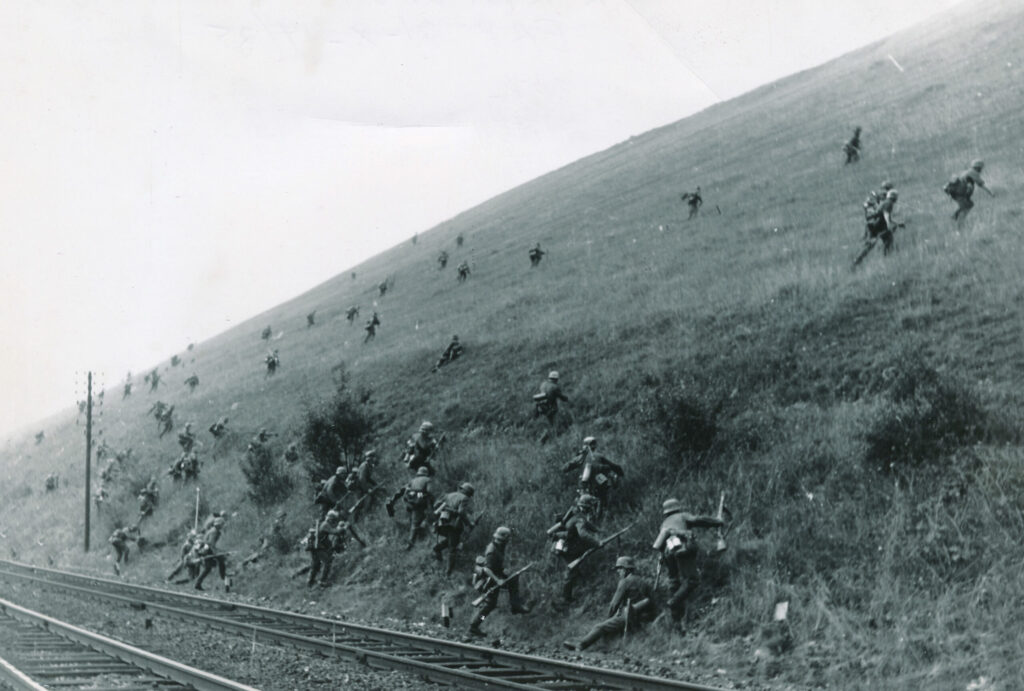
A sense of deep affection for his comrades is manifest in Rommel’s writing. He referred to his troops in endearing terms, in many cases as “mein Häuflein”—meaning “my little flock,” as if they were a flock of sheep who need to be tended or a small handful of something to be looked after. He stressed his feelings of responsibility towards his men, particularly in situations where they were in danger and he felt compelled to protect them; in one instance, Rommel risked his entire force to save a group of their comrades who were stranded amid enemy forces, taking a “one for all, all for one” type of attitude.
Rommel wrote tributes to fallen comrades, recording their achievements, deaths and funerals. He later revisited former battlefields and photographed his friends’ graves. Additionally, Rommel devoted what sometimes seems like an inordinate amount of energy into building fortifications to protect his men from harm, spending much time analyzing and improving shelters and dugouts. The amount of effort he put into improving structures for defense suggests that Rommel was actually more cautious and circumspect on the front than he is commonly perceived to have been.
‘Homeland’ not ‘Fatherland’
Thought-provoking word choices pop up frequently in Rommel’s writings. While it has been assumed that Rommel had no taste for music or literature, his narrative contains several references to songs and culture, including an ironic reference to a scene from a Richard Wagner opera.
It’s also worth noting that Rommel never used the word “Vaterland” (“Fatherland”) to describe Germany, instead preferring to use “Heimat”—a folksy term meaning “homeland” which wasn’t quite German nationalists’ cup of tea. While the term “Vaterland” was often used by the Nazis to stress the concept of Germany as a strong unified country under Hitler’s rule, “Heimat” is an old-fashioned term that can refer to one’s native region and is non-political. Since the book was published within the Third Reich, when Nazism and support for Hitler were encouraged on every level of society, Rommel had no reason not to appeal to mainstream Nazi political sentiments in his book; indeed, it might have made his work more popular. Yet the book contains no mentions of a Führer nor a “new Fatherland”.
Rommel was a native of the Swabian Alps, and after serving as an infantryman on the Western Front early in World War I, was selected to become part of the Württemberg Mountain Battalion, an elite unit of Gebirgsjäger troops—German army mountain rangers. These rangers are highly mobile, extremely resilient and adaptable, and trained to maneuver and fight in all manner of harsh mountain environments. They were and continue to be among the most elite units in German-speaking nations. Entitled to great cultural esteem due to their abilities and affinity with the mountains, they are entitled to wear the symbol of the Edelweiss flower.
Training troops For the Wilderness
The Edelweiss, whose name means “noble white,” is a legendary bloom known for growing in the most austere mountain environments and being difficult to reach. It is a symbol not only of beauty but of hardiness and resilience. Still worn by Gebirgsjäger troops today, the Edelweiss patch was also a hard-earned symbol that Rommel was entitled to wear. It is visible on his cap in several of his World War I photos.
Rommel’s writings reveal his strong sense of identity as a mountain ranger, which arguably has never been properly appreciated by historians. Although he built strong bonds with his men in the trenches of the Argonne, one of the singular events in World War I that truly had a transformative effect on Rommel and his future leadership was his becoming a mountain ranger. Within this close-knit group, Rommel quickly developed a strong sense of pride, along with confidence in harsh training and an attitude of fearlessness. Camaraderie and the tests of combat convinced Rommel that, together, he and his men could accomplish nearly anything.
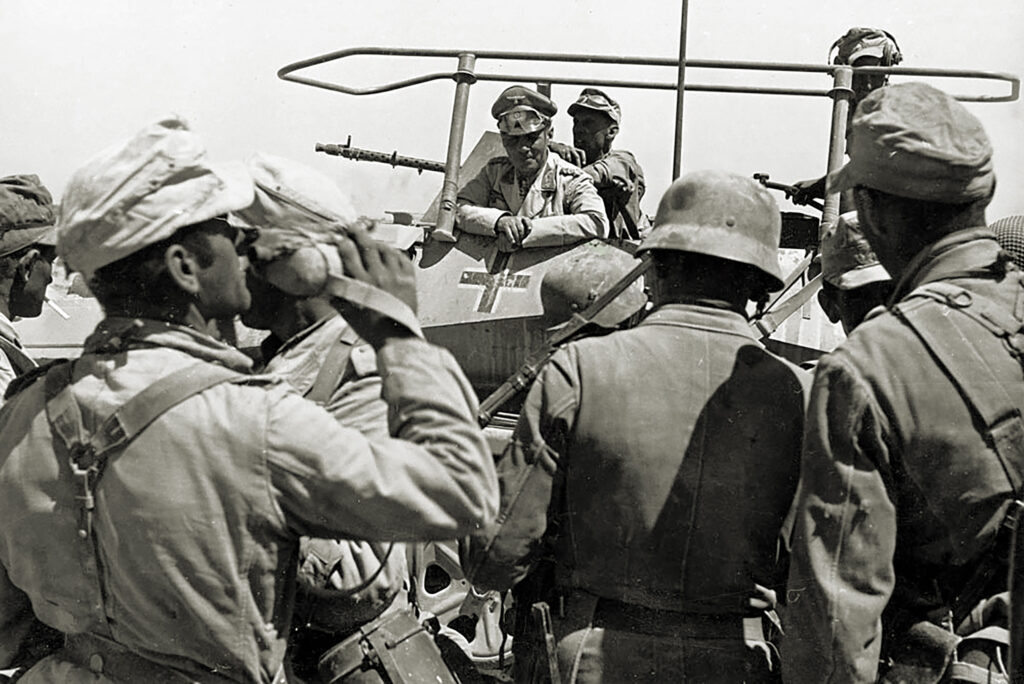
The Rommel that emerged as a skilled commander of mountain rangers was the same Rommel who would become the “Desert Fox” in North Africa—a man who excelled in the wilderness and at molding soldiers into masters of mobile combat, who could all withstand not only battle but the very elements of nature. An intense spirit of individuality, pride and elite group identity, as well as feelings of a close personal bond with Rommel as their commander, remained with many Afrika Korps veterans for their whole lives. The seeds of this future success are clear to be seen in Rommel’s proud and emotional writings about his love for the mountain troops.
Themes and Slang
Nature forms a major theme in Rommel’s narrative. He had a special flair for describing natural environments such as forests, trees, mountains, and geographic features, as well as elemental forces like thunder, lightning, clouds and different types of storms. Even in the midst of grim battles, Rommel somehow appreciated his natural surroundings and found a way to draw attention to it in writing. His writings on nature are poetic, highly descriptive and sometimes romanticized. In one instance, for example, Rommel compared meadows to the Elysian Fields of Roman mythology.
Despite Rommel’s sense of poetry about nature, his writings abound with slang common to soldiers’ memoirs. Rommel wrote with an understated and ironic sense of humor, and—with a sly attitude similar to the Civil War’s “Gray Ghost,” Col. John Singleton Mosby—clearly enjoyed taking enemies by surprise and chasing fleeing foes. Rommel’s writings on action are far from clinical. Gunfire “rips through” things, men are “gunned down,” and planned actions will be a “piece of cake”—or even “fun”. Rommel’s mix of slang, irony and hard-edged soldierly humor is characteristic of the memoirs of many military professionals.
Humane Treatment of Enemies
Another factor that stands out throughout Rommel’s book is his humane treatment of enemies. The amount of times that Rommel gave his enemies opportunities to surrender rather than shoot them is surprising—in fact, there are several cases when, as Rommel gained opportunities to surprise formidable enemy forces, readers might fairly wonder if opening fire might have been a more practical battlefield measure than yelling at foes to give themselves up.
Rommel however made a constant habit of requesting surrenders even when it seemed clearly inconvenient or downright dangerous to do so. He frequently spoke with prisoners afterwards and gives them cigarettes. In a mirrorlike foreshadowing of events at St. Valery during World War II in 1940, Rommel invited captured officers to have a meal with him. As in 1940, the captured officers were understandably too upset by their situation to appreciate this gesture. But it’s worth noting that this naïve attempt at magnanimity was one that Rommel would repeat in World War II.
Young Rommel also helped enemy wounded, and in one instance intervened to stop his own men from harming POWs. It’s worth mentioning that Rommel, in describing these anecdotes and choosing to include them in his military textbook, risked coming across as “weich,” or “soft,” in Nazi Germany. His anecdotes of showing kindness to enemies did not correspond to the general sense of bloodthirsty nationalism whipped up by Kaiser Wilhelm II during the First World War nor the iron-hearted cruelty advertised as being “strong” in Hitler’s Germany. Rommel could arguably have gotten farther by describing himself being merciless rather than being empathetic.
If anything, the passages attest not only to Rommel’s inner principles but his independence. As a military instructor during the Third Reich, Rommel must have been aware of the values that the regime wanted to instill in future soldiers, but instead chose to set an example of humanity for his students even if it did not match popular ideology. His behavior also forms a continuum with what Allied POWs witnessed during World War II—that Rommel’s compassionate treatment of POWs was not part of any postwar mythologizing, but was rather a real part of his character that was evident when he was a young man.
World War I had a profound impact on Rommel. Haunted by his experiences, Rommel would return to his former battlegrounds, form a veterans’ group, write about, teach about and dwell on his battlefield experiences for the rest of his life. He also wore his Pour le Mérite medal, earned among his beloved mountain troops, constantly until it chipped and faded. There are many more insights to be gained about Rommel’s early transformation into an effective war leader from his memoir—too many to describe in one article. However, what truly stands out is that, contrary to the commonly read, clinical English translations produced during World War II, Rommel was a gifted writer who expressed more about ethics in war than has been previously realized.
Zita Ballinger Fletcher is Editor of MHQ and the author of Erwin Rommel: First War, A New Look at Infantry Attacks, published in 2023.

